Painting a Poinsettia in Pastel
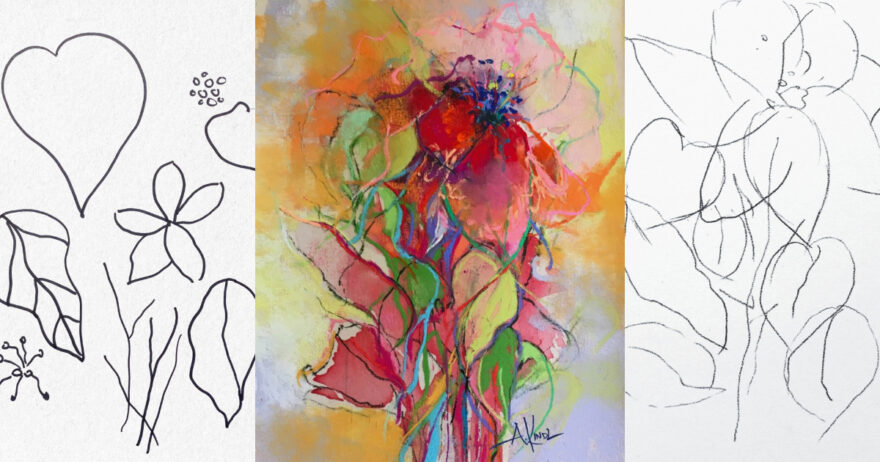
Artist Anne Kindl shares her step-by-step process for creating a vibrant floral work that’s rooted in thoughtful intent.
Award-winning Michigan artist Anne Kindl’s exuberant florals, with their joyously saturated colors and dancing marks, look as if they might have been painted in short, energetic intuitive sessions at the easel. In actuality, the artist works through a slow, thoughtful process for each painting. “While the end result of my pastels may appear free-flowing and abstract,” she says, “there’s a specific discipline employed each time to arrive at the end point.”
Here, Kindl shares the thought process—including the selection of a limited palette—for a plant that embodies the holiday season.
Demonstration: Poinsettia
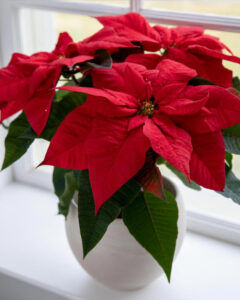
Step 1: Recording the Story
If a flower captures my attention, I record my emotional and visual responses in a journal. In particular, the poinsettia has a special place in my heart, as it’s a transformative flower that radiates energy, even in the midst of a cold, desaturated winter landscape. Bursting with vibrant colors such as red, pink, white, gold, and green, the leafy flower exudes a sense of warmth and celebration.

muscle memory and an intuitive response rather than relying only on the reference.
Step 2: Observing, Deconstructing, and Sketching
To better understand the intricacies of a flower, I first observe its characteristics and then deconstruct it by sketching the petals, stamen, leaves, and stems separately.
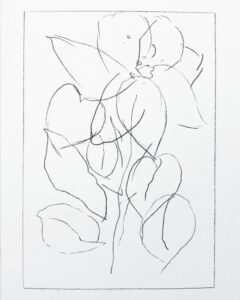
Step 3: Drawing a Small Composition
Drawing a floral composition is like assembling pieces of a puzzle. I explore different shapes and sketch until I discover the ideal form that captures the flower’s distinct essence. Sketching multiple small thumbnails enables me to freely experiment and map out a course for the painting.
Step 4: Selecting a Limited Palette
A limited color palette establishes the foundation for a harmonious and balanced color scheme. These colors serve as a starting point and influence subsequent color choices as the painting progresses. Drawing from the vibrant red hues of the poinsettia flower, the 12-color wheel is a helpful resource for exploring various color combinations.
A square tetrad color scheme is used for this demonstration. This means there are four colors comprised of two complementary pairs. In this particular case, red and green will serve as the primary color complements, and blue-violet and yellow-orange will be secondary.
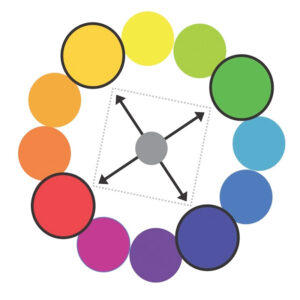

Adding complements that are analogous to primary complements on the color wheel add interest to the overall tone of the palette. Additionally, gray is incorporated as a neutral color to balance the intensity of colors in the palette.
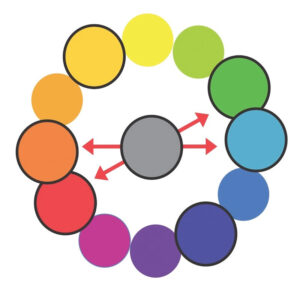

The limited palette can be expanded by adding a range of light and dark values of each color. Additionally, color nuances such as intensity (brightness or dullness) can also be adjusted at this time to set the mood of the painting.

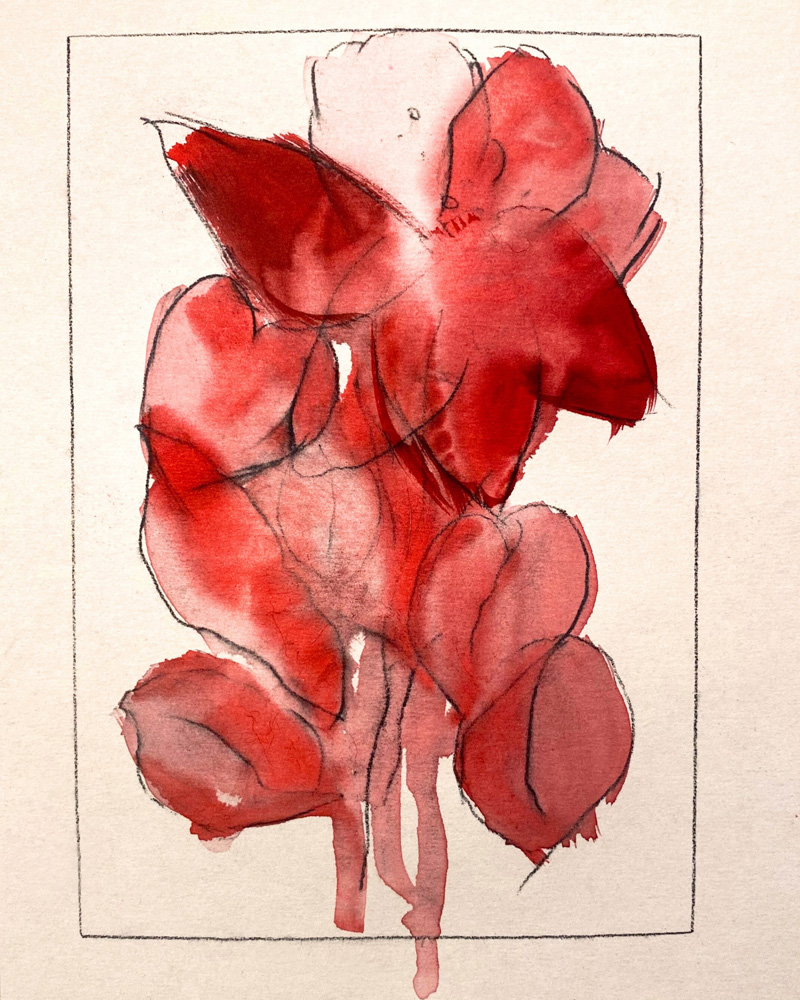

I applied Amsterdam fluid acrylics in Yellow Ochre 227 and Pyrrole Red 315 to UART 500 beige pastel paper using a flat brush and lifted in areas with a dry cloth.
Step 5: Underpainting
The underpainting is the first introduction of color. It sets the foundation, perception, and atmospheric mood of the painting. In this study, I applied fluid acrylics in analogous colors of red and golden yellows to create a silhouette of the flower and add an underlying glow.
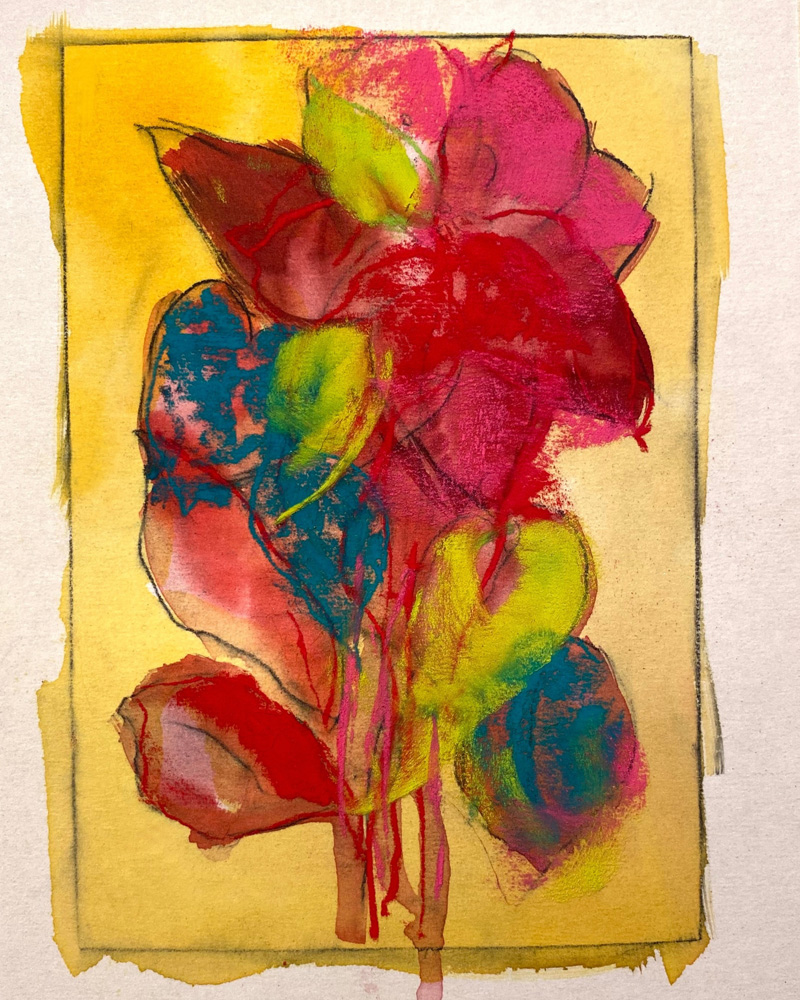
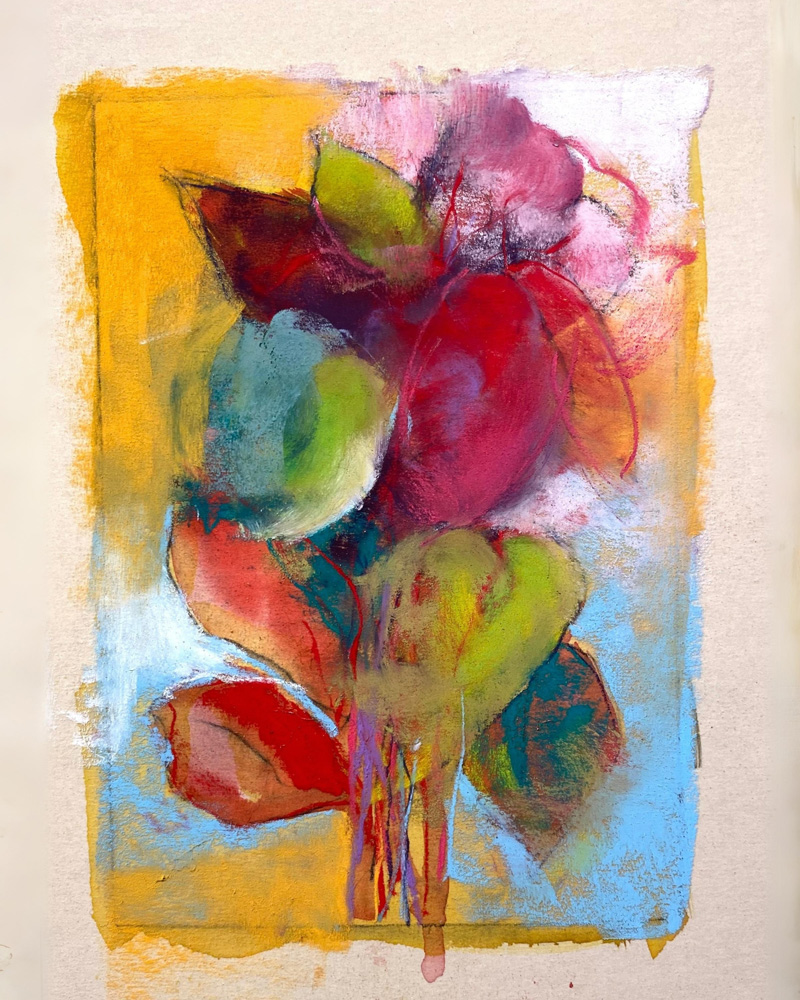
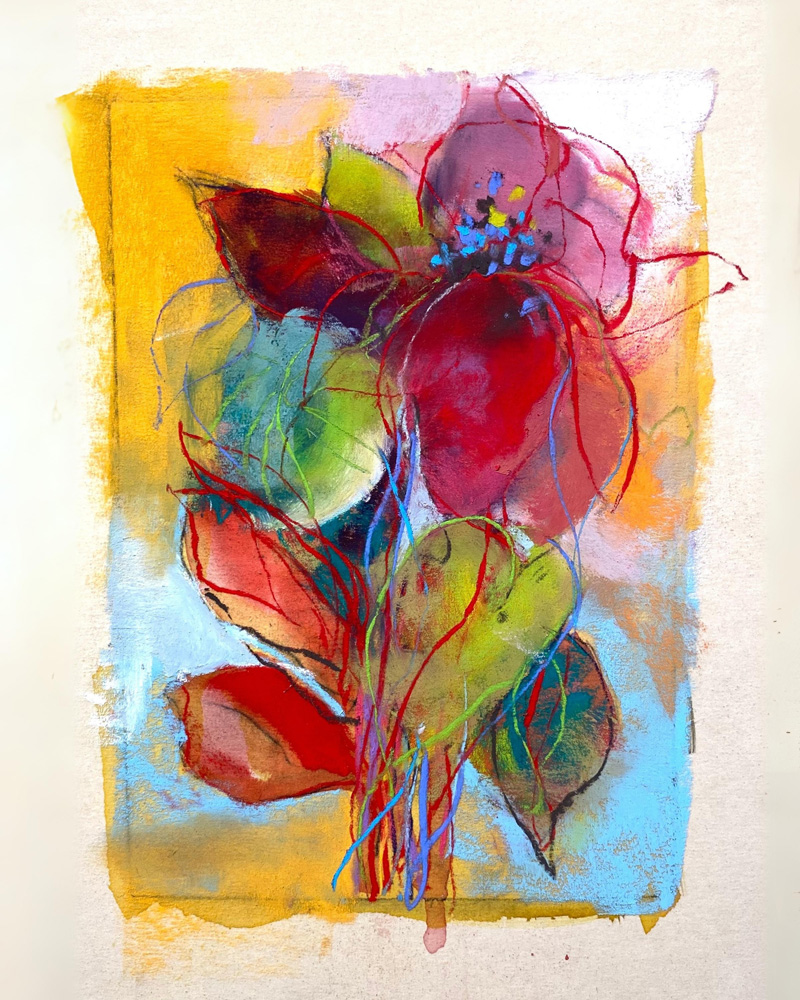
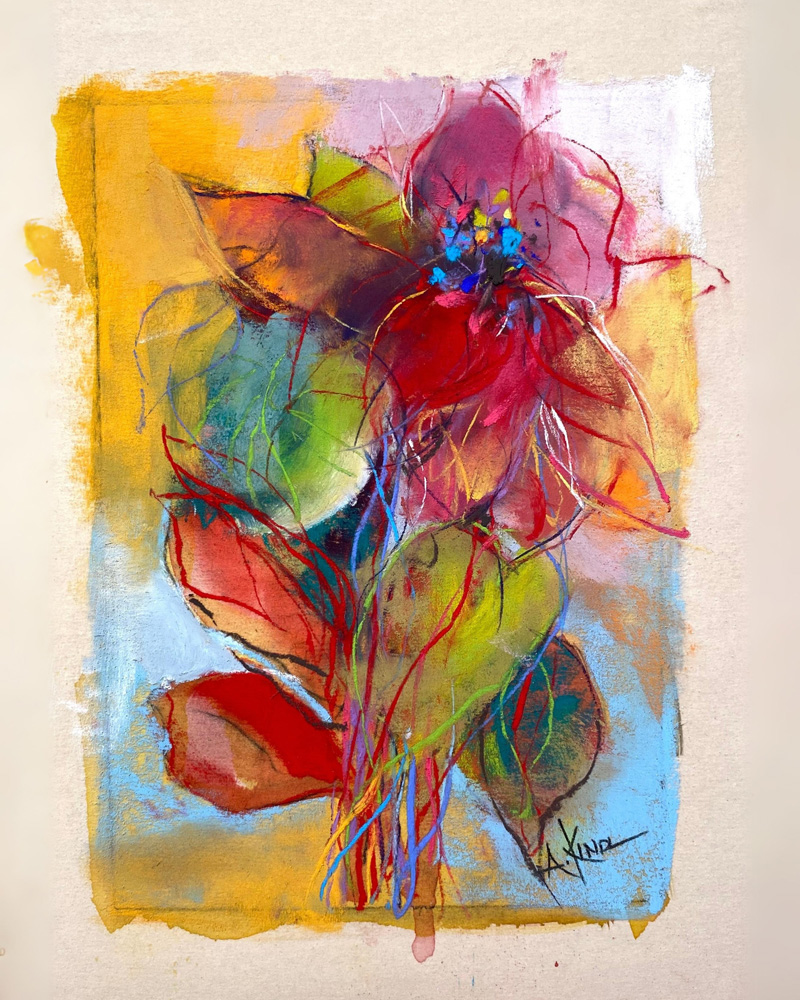
Guided by intuitive mark-making, I applied multiple layers of pastel using a swiping technique to define hard and soft edges. Dabbing and line techniques were applied to finish layers and highlight focal points.
Step 6: Applying Pastel Layers
The initial compositional shapes are blocked in with the primary red and green complements. Multiple layers of pastel from the palette are applied, starting with darker shades, adding middle values, and finishing with light values.
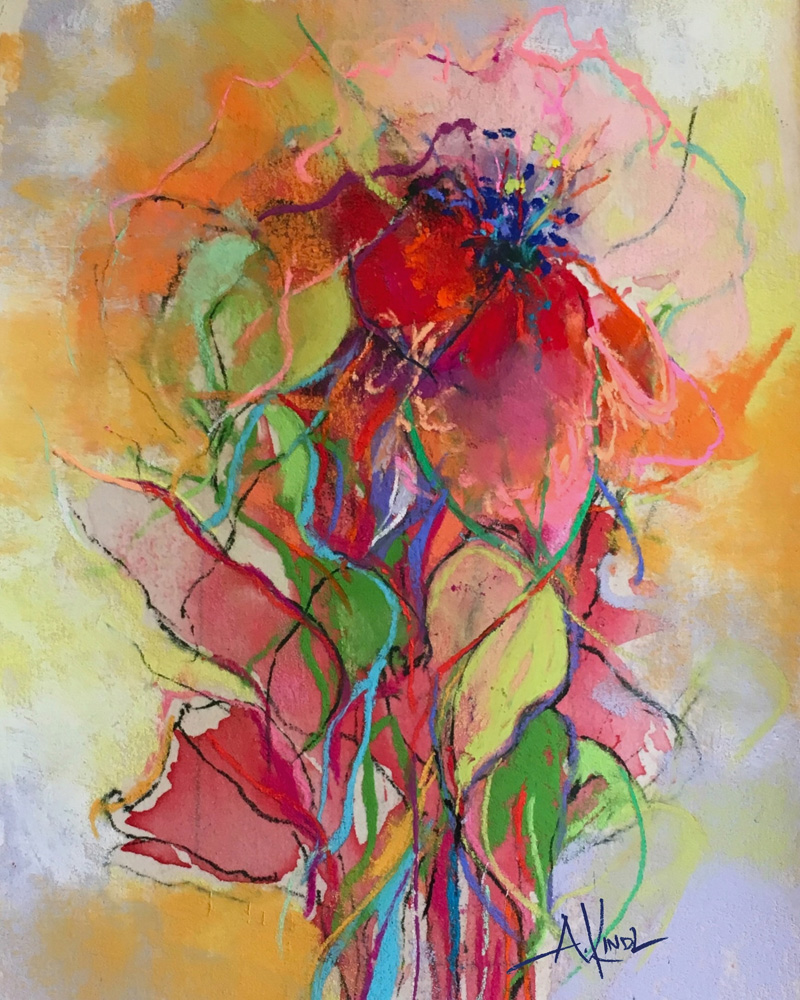
Step 7: Finishing Marks
After taking time to pause and look at the piece with fresh eyes, I added refinements to complete the painting’s story. This study was used as a guide to create the actual painting, Poinsettia.
Learn more about Anne Kindl and her process for painting vibrant florals in the Fall 2024 issue of Pastel Journal.
About the Artist
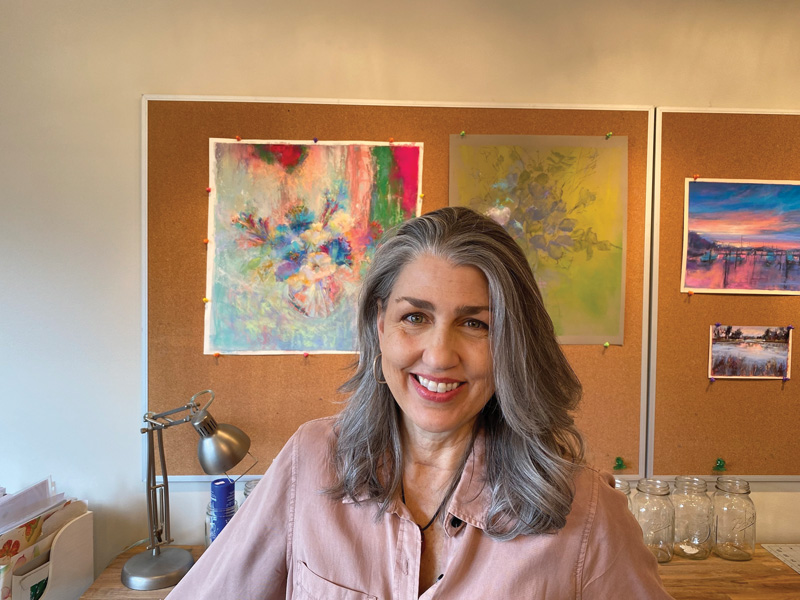
The work of Michigan-based pastelist Anne Kindl has been featured in juried exhibitions, public art installations and private art collections. She’s a Member of the Great Lakes Pastel Society, a Signature Member of the Pastel Society of America and a Master Circle Member of the International Association of Pastel Societies. She teaches classes and workshops throughout the year.
From Our Shop
-
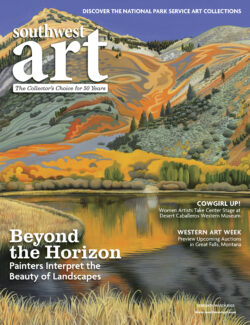 Southwest Art February/March 2025 Digital EditionOriginal price was: $9.99.$6.99Current price is: $6.99.
Southwest Art February/March 2025 Digital EditionOriginal price was: $9.99.$6.99Current price is: $6.99. -
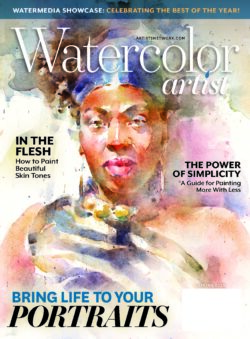 Watercolor Artist Spring 2025 Digital EditionOriginal price was: $9.99.$6.99Current price is: $6.99.
Watercolor Artist Spring 2025 Digital EditionOriginal price was: $9.99.$6.99Current price is: $6.99. -
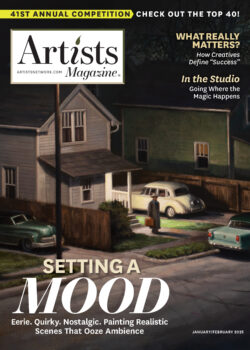 Artists Magazine January/February 2025 Digital Edition$9.99
Artists Magazine January/February 2025 Digital Edition$9.99
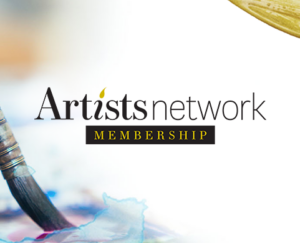 Artists Network Membership - 1 Month
Artists Network Membership - 1 Month 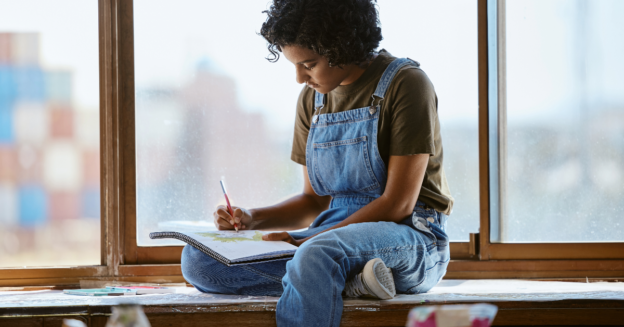
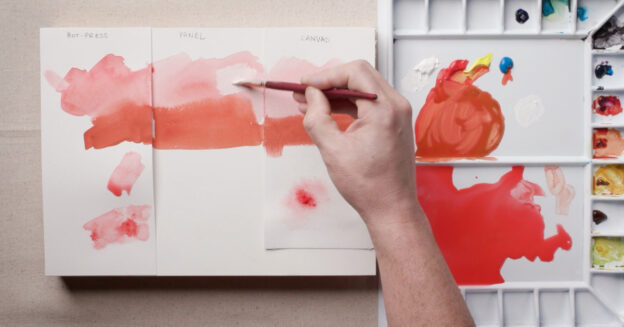

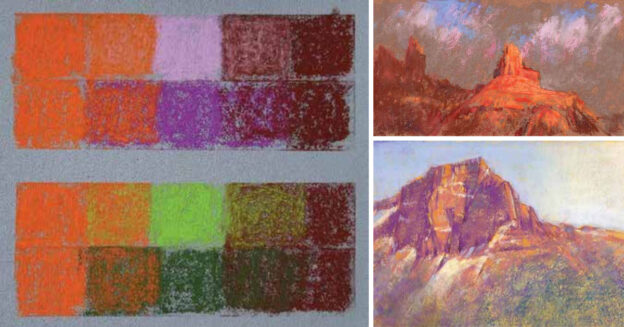
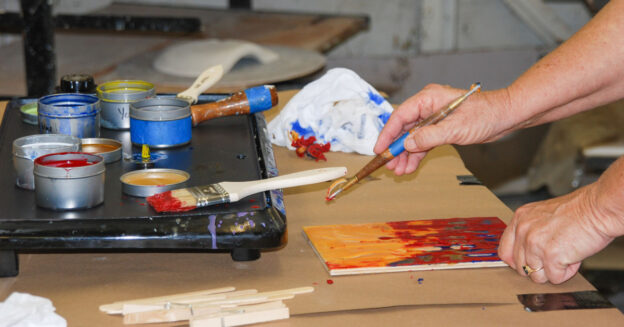
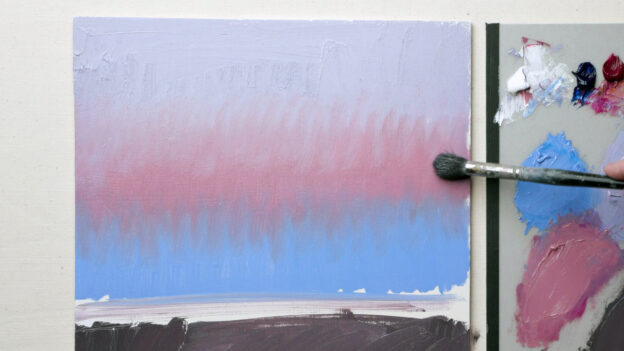
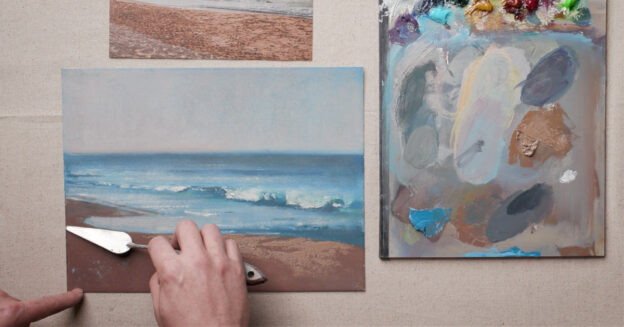
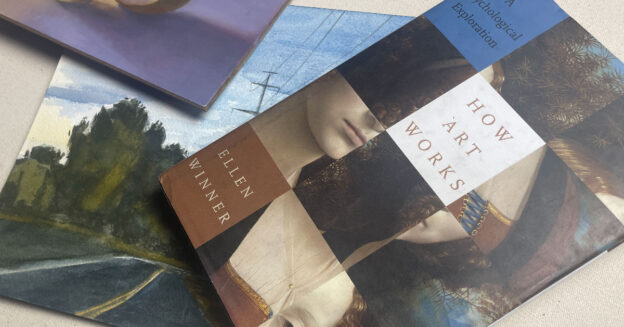


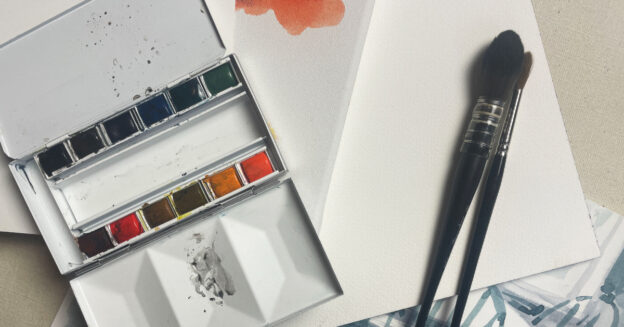
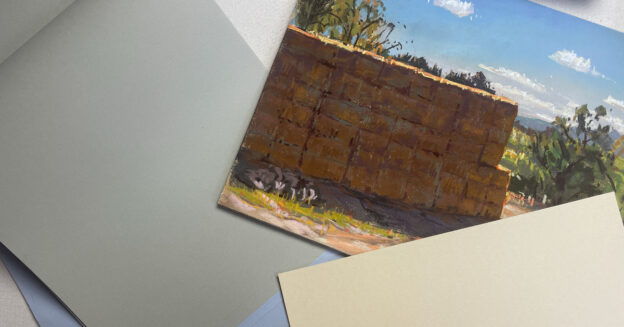
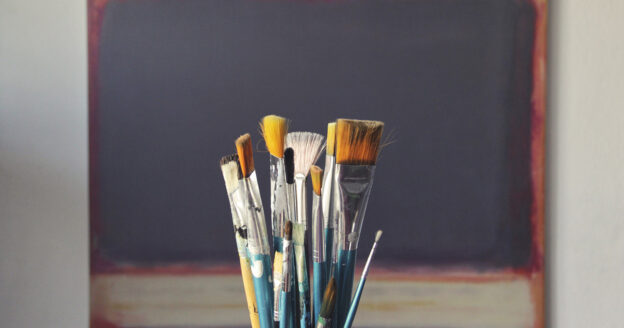
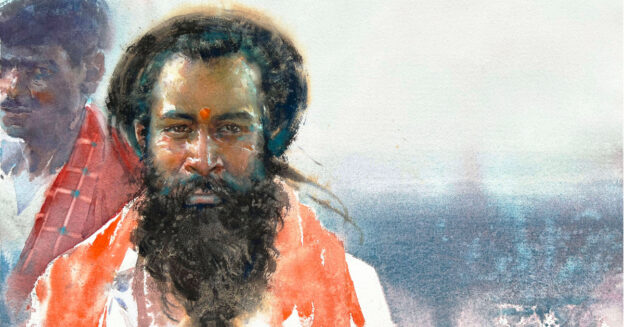
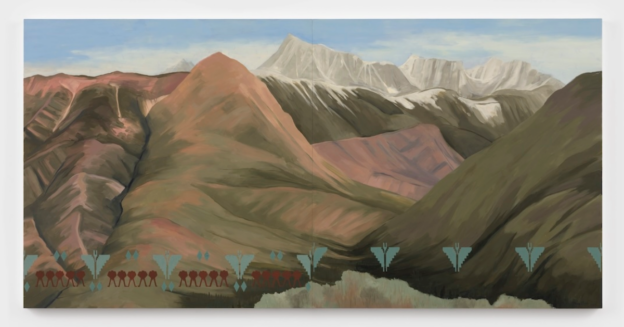
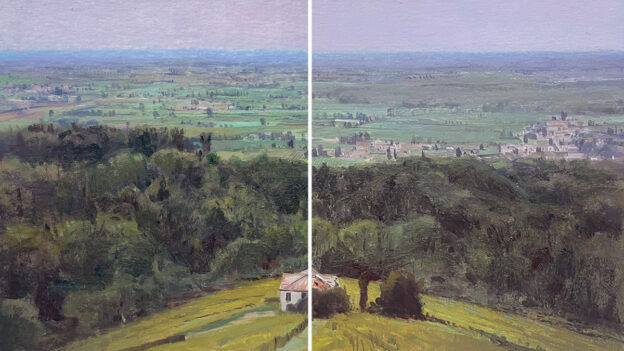
Join the Conversation!